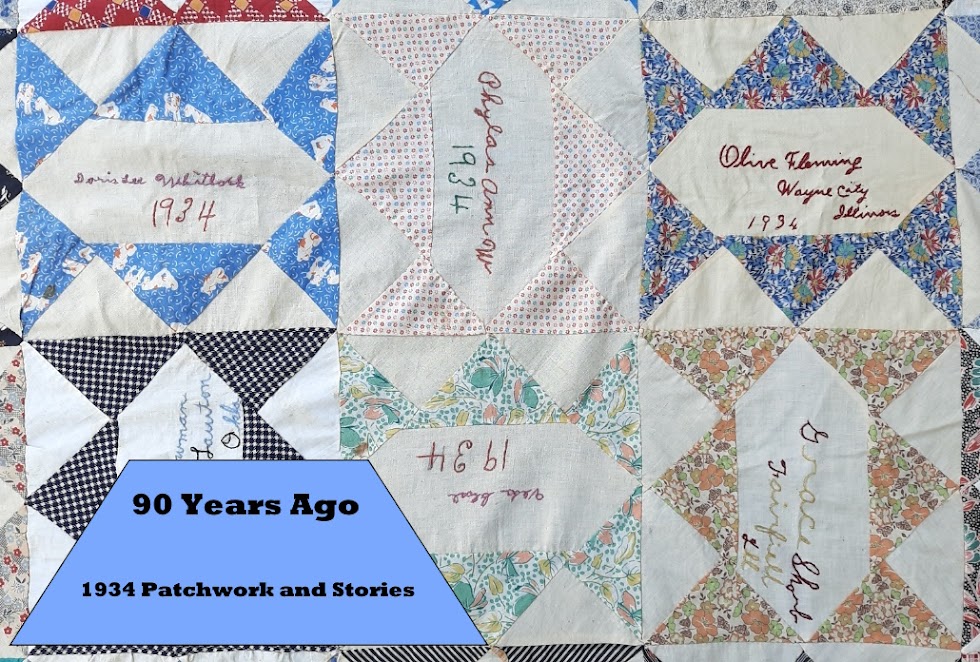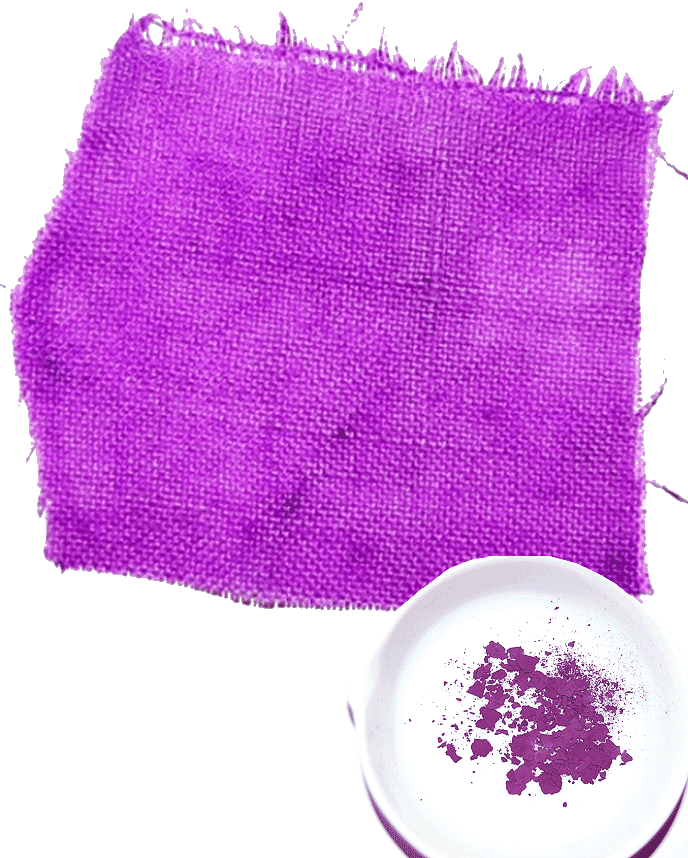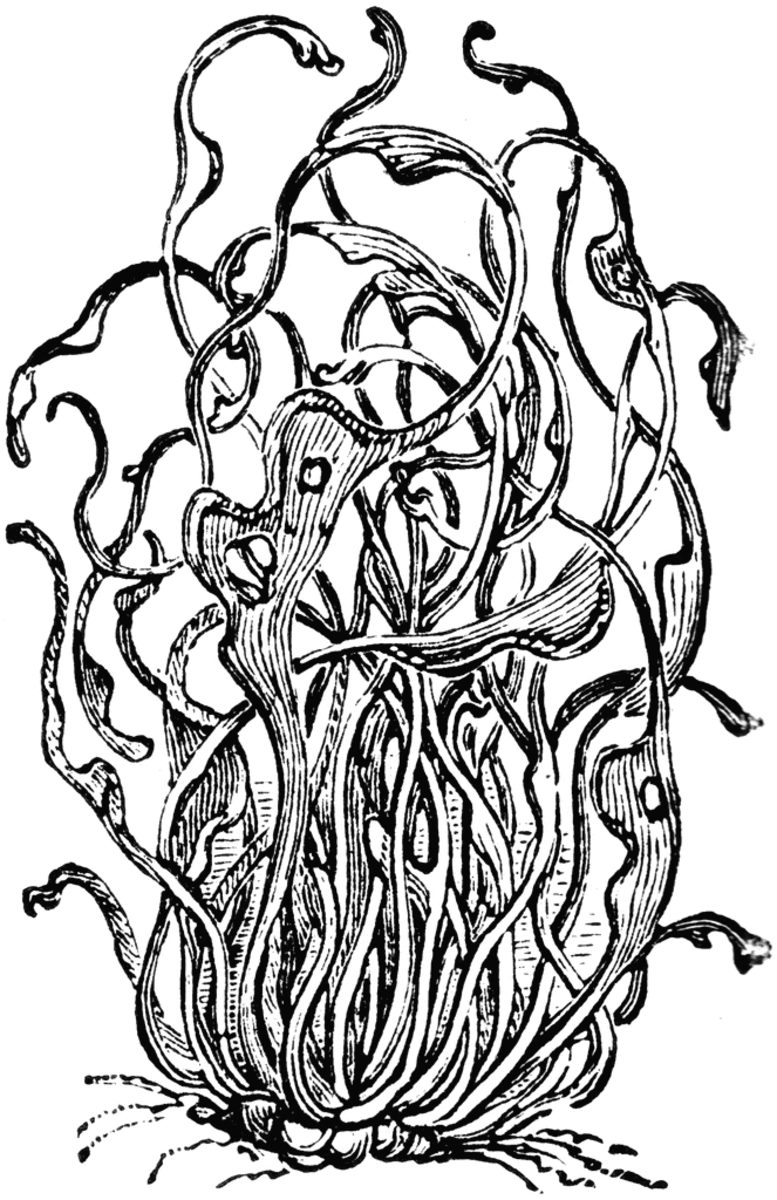This morning at church the Bible reading was from the book of Acts, when Paul sails to Macedonia and meets Lydia, a dealer in purple cloth. I started to think about purple cloth and wondered what was involved in Lydia's business 2000 years ago.
I know that, once upon a time, purple dye came from murex seashells. When I need to find out something about seashells I never bother to google. My husband is a very keen shell collector, and also collects books about seashells and the sea. I'm quite pleased with my own quilt history library, but hubby's books on shells take up four times as much space as my quilting books. So I asked, how is purple dye made from shells, and after glancing through four different volumes I can now tell you.
Tyrian purple dye was made from
murex brandaris, commonly called the Mediterranean snail.
The Phoenicians perfected the dye process and had a monopoly on the colour purple from 300 BCE to 150 CE. The high cost of purple dye was due to the hours needed to collect the thousands of shells so tyrian purple was reserved for royalty and the wealthy.
So, how do you get the dye from the shells? Well, you don't use the shells, you use the secretions from the snail itself. First, gather the snails from the rocky shoreline. Then break the shells up to get out the snails inside. Next soak the snail bodies in salt water for three days, then boil. Ewww.
At the same time in the British Isles the
nucella lapillus or dog whelk was used as a purple dye for illuminated manuscripts.
Enough of seashells. I went to my own smaller bookcase and found Natural Dyes and Home Dying, a Dover Publication. Purple dyes in the 18th and 18th century were made from orchil, a dyestuff derived from the lichen
Rocella.
Lichens were soaked in fermented urine (?) or slaked lime for about three weeks. To get the right shade of purple you added either an acid or an alkaline - orchil was not only a dye but was the stuff that litmus paper was made from. If you want to learn more click
here.
Once the coal-tar dyes of the industrial revolution were created orchil's use gradually declined. One of the first of the new chemical dyes was mauve, Queen Victoria was quite amused.
This week at the Chester Criswell Quilt Revisited -
Reuben Stubbs' Block 6.
























